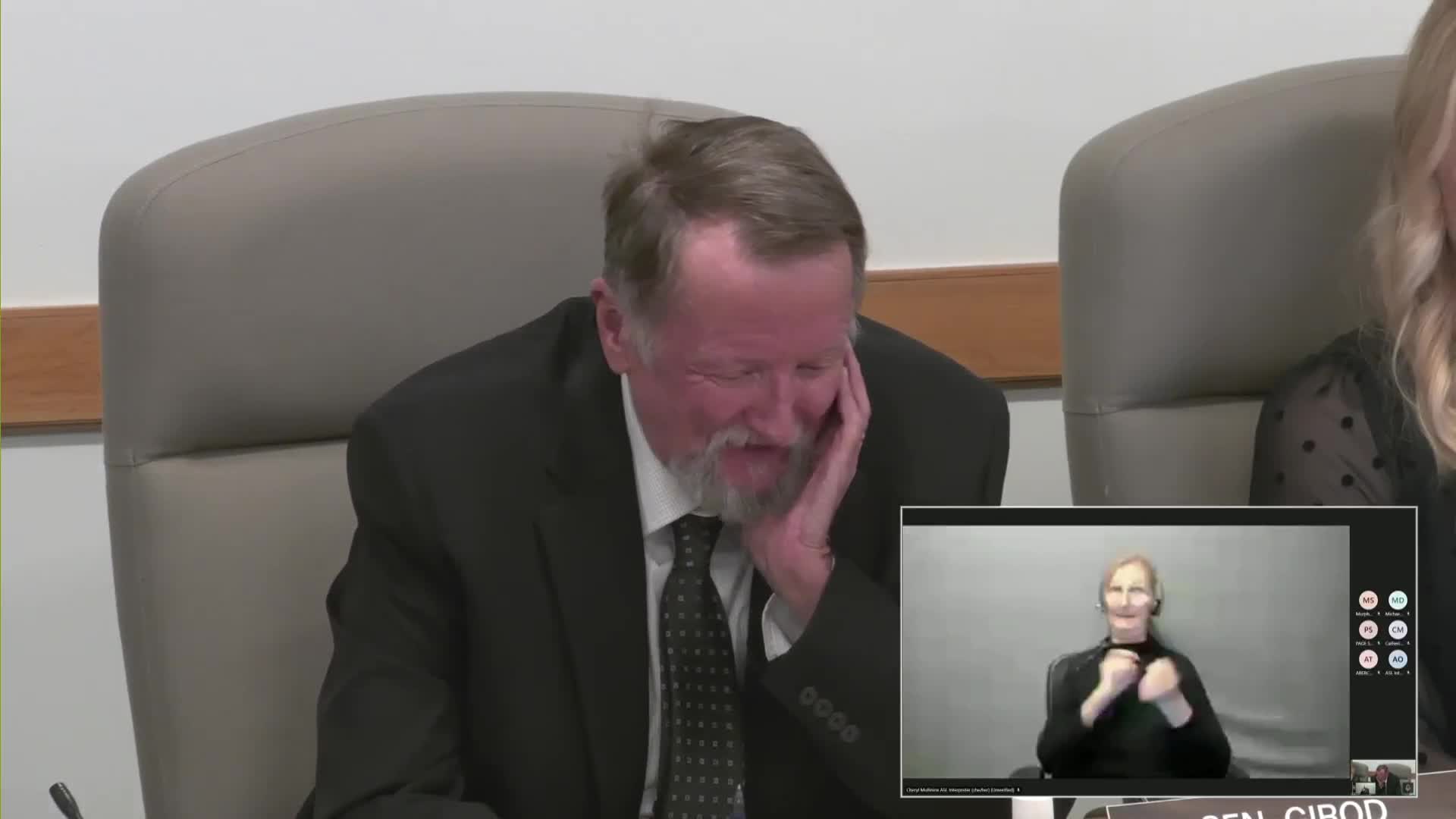Oregon officials urged to control bullfrog population to protect endangered spotted frog
January 23, 2025 | Natural Resources, Senate, Committees, Legislative, Oregon
This article was created by AI summarizing key points discussed. AI makes mistakes, so for full details and context, please refer to the video of the full meeting. Please report any errors so we can fix them. Report an error »

In a recent meeting of the Senate Committee on Natural Resources and Wildfire, discussions turned to the delicate balance of ecosystems in Oregon, particularly focusing on Crane Prairie and the challenges posed by the endangered Oregon spotted frog. The atmosphere was charged with concern as committee members explored the implications of invasive species on local water supplies and wildlife.
One of the key points raised was the predation of the Oregon spotted frog by the bullfrog, an invasive species that has been wreaking havoc on the region's irrigation systems. A committee member expressed frustration over the lack of action to manage this issue, suggesting that hiring experts to differentiate between the two frog species could lead to targeted efforts to control the bullfrog population. "If we can help the spotted frogs thrive, we can also improve the water situation in that watershed," they argued, presenting a straightforward solution to a complex problem.
The conversation quickly shifted to the broader context of the Endangered Species Act (ESA) and the Habitat Conservation Plan (HCP) in place for the region. While some committee members acknowledged the federal jurisdiction complicating direct action, they noted that predation was likely considered during the ESA consultations. The discussion drew parallels to ongoing debates about the management of other endangered species, such as the spotted owl, highlighting the intricate web of ecological relationships that must be navigated.
As the meeting progressed, it became clear that the committee was grappling with the challenge of balancing ecological preservation with practical water management needs. The dialogue underscored the importance of holistic approaches to conservation, where the goal is to create sufficient habitat space to minimize competition among species that historically coexisted without conflict.
The implications of these discussions extend beyond the immediate concerns of Crane Prairie. They reflect a growing recognition of the need for innovative solutions to environmental challenges, as well as the complexities involved in managing endangered species within the framework of existing laws. As Oregon continues to navigate these issues, the outcomes of such meetings will play a crucial role in shaping the future of its natural resources and wildlife conservation efforts.
One of the key points raised was the predation of the Oregon spotted frog by the bullfrog, an invasive species that has been wreaking havoc on the region's irrigation systems. A committee member expressed frustration over the lack of action to manage this issue, suggesting that hiring experts to differentiate between the two frog species could lead to targeted efforts to control the bullfrog population. "If we can help the spotted frogs thrive, we can also improve the water situation in that watershed," they argued, presenting a straightforward solution to a complex problem.
The conversation quickly shifted to the broader context of the Endangered Species Act (ESA) and the Habitat Conservation Plan (HCP) in place for the region. While some committee members acknowledged the federal jurisdiction complicating direct action, they noted that predation was likely considered during the ESA consultations. The discussion drew parallels to ongoing debates about the management of other endangered species, such as the spotted owl, highlighting the intricate web of ecological relationships that must be navigated.
As the meeting progressed, it became clear that the committee was grappling with the challenge of balancing ecological preservation with practical water management needs. The dialogue underscored the importance of holistic approaches to conservation, where the goal is to create sufficient habitat space to minimize competition among species that historically coexisted without conflict.
The implications of these discussions extend beyond the immediate concerns of Crane Prairie. They reflect a growing recognition of the need for innovative solutions to environmental challenges, as well as the complexities involved in managing endangered species within the framework of existing laws. As Oregon continues to navigate these issues, the outcomes of such meetings will play a crucial role in shaping the future of its natural resources and wildlife conservation efforts.
View full meeting
This article is based on a recent meeting—watch the full video and explore the complete transcript for deeper insights into the discussion.
View full meeting
